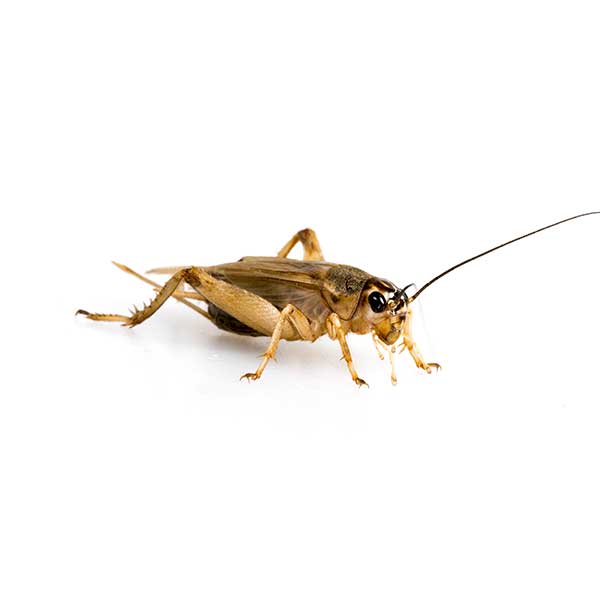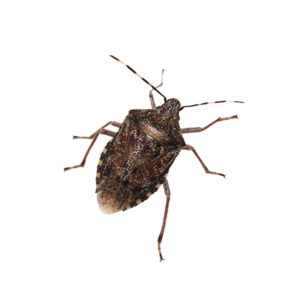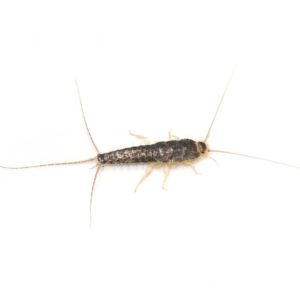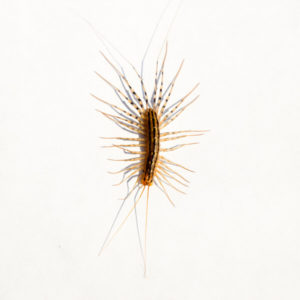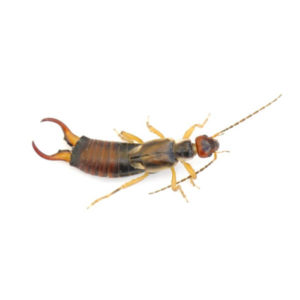House Crickets in North Jersey
House crickets are a common pest in North Jersey, but they’re most noticeable in the summer when the males begin chirping. While some may find this sound peaceful, it can quickly become a nuisance – particularly if the crickets end up inside of your house when you’re trying to sleep. Male house crickets create the loud chirping noise by rubbing their wings together in a process called stridulation, which is meant to attract females. Since they are capable of leaping and flying, it can be challenging to get crickets out of your home or building once they’re indoors.
House Cricket Habitat
House crickets are nocturnal and primarily live outdoors in lumber, firewood, and piles of organic debris. They may also invade compost bins and garbage dumps, particularly in the winter when food sources are more scarce. House cricket infestations are usually most noticeable once the weather warms up and they begin their characteristic chirping ritual, which usually begins around dusk. Once temperatures cool off in the winter, the crickets may also try to get indoors in search of warmth and shelter, which can be a real annoyance for homeowners at night.
House Cricket Behaviors, Threats, or Dangers
House crickets are harmless insects that do not bite or spread diseases. However, they can become quite a nuisance if they find their way into your home, causing damage to clothing, carpets, and areas covered in fabric. These crickets are naturally drawn to warmth, which is why they are often found in close proximity to fireplaces, kitchens, furnaces, water heaters, and basements. They have a knack for hiding in cracks, behind baseboards, and even burrowing into the mortar of walls. When it comes to your belongings, house crickets can be particularly destructive to silk and woolen items. It’s important to address their presence promptly to prevent further damage. That’s where Eastern Pest Services can help! We have the tools and experience to make house cricket removal a quick and painless process. Learn more or get started today!

